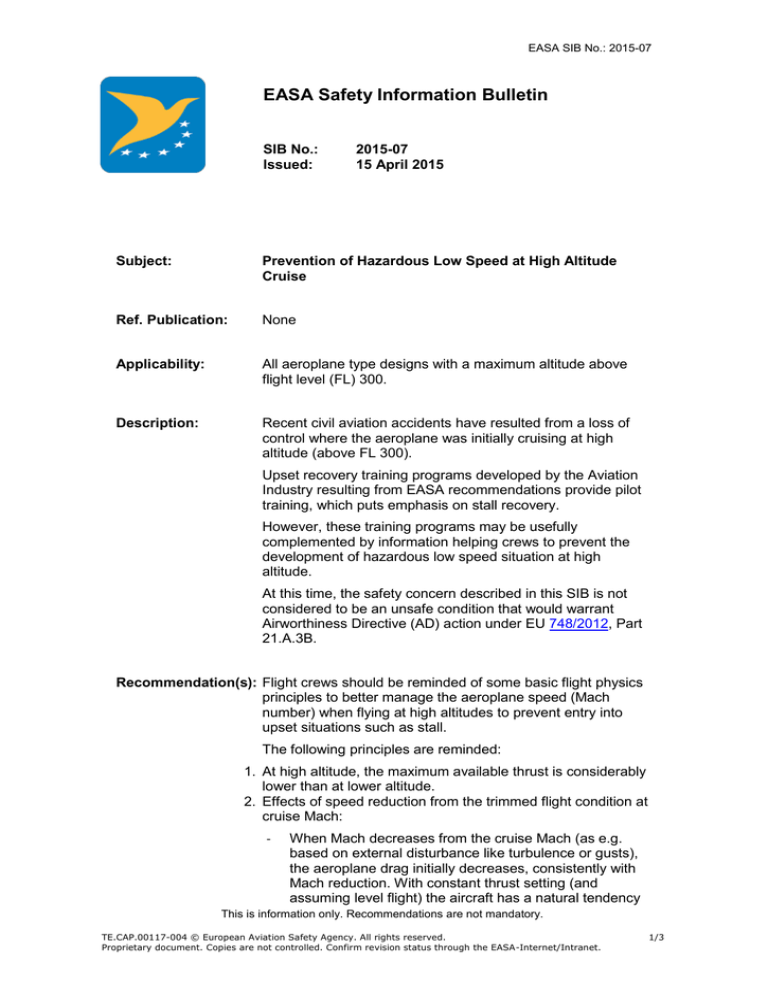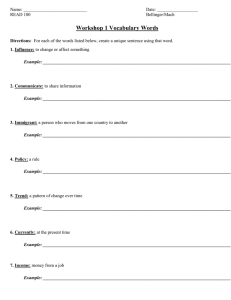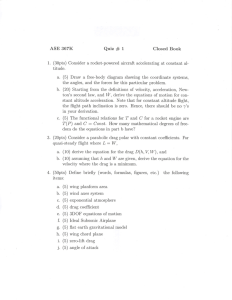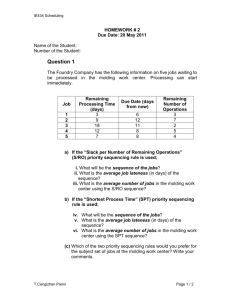
EASA SIB No.: 2015-07
EASA Safety Information Bulletin
SIB No.:
Issued:
2015-07
15 April 2015
Subject:
Prevention of Hazardous Low Speed at High Altitude
Cruise
Ref. Publication:
None
Applicability:
All aeroplane type designs with a maximum altitude above
flight level (FL) 300.
Description:
Recent civil aviation accidents have resulted from a loss of
control where the aeroplane was initially cruising at high
altitude (above FL 300).
Upset recovery training programs developed by the Aviation
Industry resulting from EASA recommendations provide pilot
training, which puts emphasis on stall recovery.
However, these training programs may be usefully
complemented by information helping crews to prevent the
development of hazardous low speed situation at high
altitude.
At this time, the safety concern described in this SIB is not
considered to be an unsafe condition that would warrant
Airworthiness Directive (AD) action under EU 748/2012, Part
21.A.3B.
Recommendation(s): Flight crews should be reminded of some basic flight physics
principles to better manage the aeroplane speed (Mach
number) when flying at high altitudes to prevent entry into
upset situations such as stall.
The following principles are reminded:
1. At high altitude, the maximum available thrust is considerably
lower than at lower altitude.
2. Effects of speed reduction from the trimmed flight condition at
cruise Mach:
-
When Mach decreases from the cruise Mach (as e.g.
based on external disturbance like turbulence or gusts),
the aeroplane drag initially decreases, consistently with
Mach reduction. With constant thrust setting (and
assuming level flight) the aircraft has a natural tendency
This is information only. Recommendations are not mandatory.
TE.CAP.00117-004 © European Aviation Safety Agency. All rights reserved.
Proprietary document. Copies are not controlled. Confirm revision status through the EASA-Internet/Intranet.
1/3
EASA SIB No.: 2015-07
to recover initial Mach i.e. aeroplane has speed stability.
In this range and as Mach decreases (as e.g. based on
intentional speed change command from the flight crew),
less thrust is required to maintain level flight with a
decreasing Mach.
-
However, if Mach continues to decrease, the aeroplane
will reach the point of minimum drag where, due to the
aerodynamic characteristics of the wing profile, drag will
start to increase with Mach decreasing (inversion point),
see Figure 1 below.
-
At airspeeds/Mach below the inversion point, a further
reduction of the aeroplane speed will lead to increased
drag and will require a thrust increase to maintain level
flight. This flying zone is called the zone of reversed
command or ‘back side of the drag curve’; Mach is
unstable.
-
If the deceleration (Mach decrease) is not stopped, the
aeroplane drag will increase rapidly and significantly up
to a point where the maximum available thrust (which is
limited due to the high altitude) cannot compensate for
the increased drag.
-
Beyond this point and if priority is given to keep level
flight, Mach will continue to decrease no matter what
power is set and the situation will inevitably end in a stall.
Figure 1
Conclusion:
When in cruise,
if continuous Mach decrease cannot be stopped after
the maximum available thrust has been applied, and
if the Mach/airspeed indication can be considered
reliable,
flight crews should establish the aeroplane in a
reasonable descent to recover the initial targeted Mach.
This is information only. Recommendations are not mandatory.
TE.CAP.00117-004 © European Aviation Safety Agency. All rights reserved.
Proprietary document. Copies are not controlled. Confirm revision status through the EASA-Internet/Intranet.
2/3
EASA SIB No.: 2015-07
Then after a descent has been initiated, appropriate
actions to mitigate the risk of air-to-air collision should be
taken (ATC advised, TCAS monitoring etc.). Return to the
previous cruise altitude should be initiated only after
reaching the optimum Mach for climb and only then in coordination with ATC.
Failure of the flight crew to take the decision to descend
in due time will result in a stall with significant altitude
loss and a potential loss of control of the aeroplane.
The initiation of a controlled descent manoeuvre is the
correct action to be taken by the flight crew.
Contact(s):
For further information contact the Safety Information Section,
Certification Directorate, EASA. E-mail: ADs@easa.europa.eu.
This is information only. Recommendations are not mandatory.
TE.CAP.00117-004 © European Aviation Safety Agency. All rights reserved.
Proprietary document. Copies are not controlled. Confirm revision status through the EASA-Internet/Intranet.
3/3





